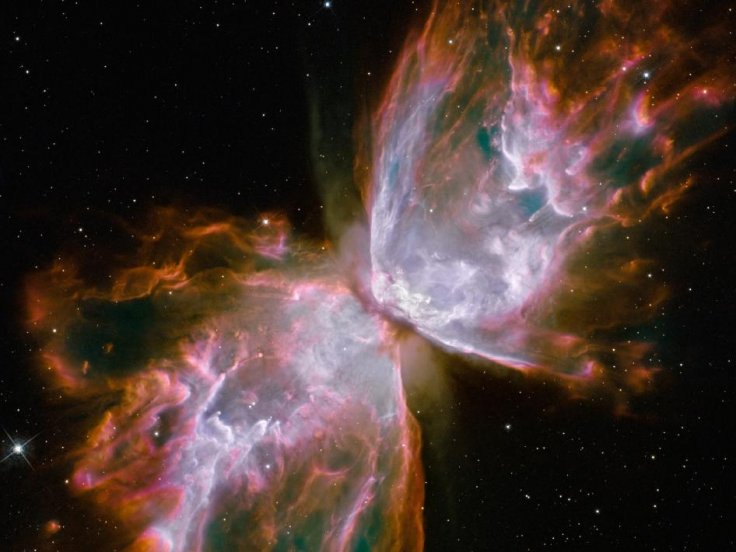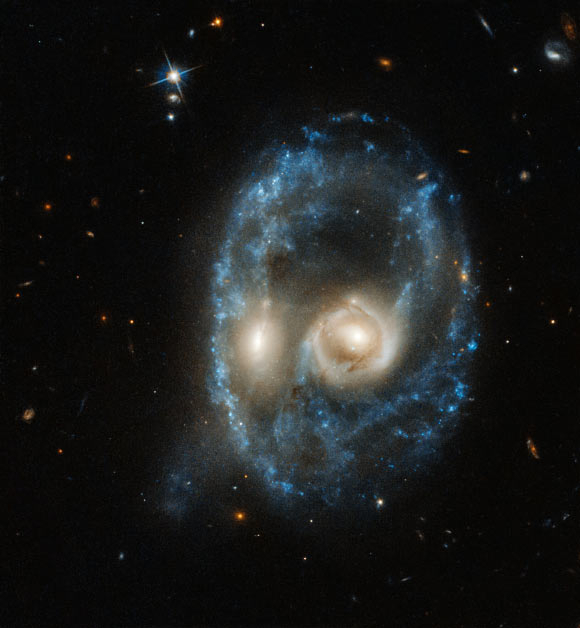In celebration of the 30th anniversary of the Hubble Space Telescope, NASA released a new feature on its website. Through the feature, users will be able to learn what the space telescope discovered during their previous birthdays.
The space telescope was officially launched by NASA on April 24, 1990, via the Space Shuttle Discovery STS-31 mission. On Friday next week, Hubble will celebrate its 30th year in space.

NASA's Latest Offering
To celebrate the launch's anniversary, NASA introduced a new online feature known as "What Did Hubble See on Your Birthday?" As its name suggests, the feature reveals the image taken by the space telescope on a particular date.
Since the beginning of its mission, Hubble has been gazing at the universe 24 hours a day, seven days a week. This means the space telescope has taken several cosmic images each day since its mission began in 1990. "Hubble explores the universe 24 hours a day, seven days a week. That means it has observed some fascinating cosmic wonder every day of the year, including on your birthday," NASA stated.
Hubble's Images
For instance, typing in the date April 13 revealed the image of a galaxy within the cluster known as Abell 2261, which was photographed by Hubble on the same date in 2011. According to NASA, the elliptical galaxy at the center of the image is the brightest and most massive member of the galactic cluster.
"Spanning a little more than one million light-years, the galaxy is about 10 times the diameter of our Milky Way galaxy," NASA explained in a statement. "The bloated galaxy is a member of an unusual class of galaxies with a diffuse core filled with a fog of starlight."

Hubble's Successor
NASA plans to operate Hubble until its mission ends, which is expected to happen sometime in 2030 to 2040. During this period, the spaces telescope's orbit around Earth will decay, causing it to re-enter Earth's atmosphere.
Serving as the official successor if Hubble is the James Webb Space Telescope (JWST), which is scheduled to launch on March 30, 2021. As noted by NASA, the JWST would be able to take better photos than Hubble as it has better sensitivity and improved infrared resolution.









